Dual robots arm with three turntable workbench, suitable for grinding of small and medium-sized bulk iron parts up to 150kg and diameter 600mm for casting foundry and plant
Item No :
DR-600DOrder(MOQ) :
1 SetPayment :
TT 50% advance paymentProduct Origin :
ChinaShipping Port :
China sea portLead Time :
90 DaysWeight :
6 TDR-600D Intelligent Robotic CNC Grinding Machine For Iron Casting Foundry
DR-600D is a three workbenches, dual arms, four processing spindles grinding system specifically developed for small-to-medium cast iron parts. Featuring 14-axis/13-linkage core technology and a dual-spindle configuration, it delivers both high-precision grinding and efficient production capabilities. Its rotary dual-workbench enables simultaneous loading/unloading and grinding operations, significantly boosting productivity. Ideal for post-processing tasks like deburring and polishing of batch-produced iron components such as automotive parts and engineering machinery accessories.
Key Parameters
|
DR-600D |
||||
|
Max. Machining Size (mm) |
Max.Load-Bearing (kg) |
Arm Load (kg) |
Machining Axles |
Repeatability (mm) |
|
φ600*H350 |
150 |
200 |
14 |
±0.05 |
|
Spindle Power (kw) |
Operating Power (kw) |
Total Power (kw) |
Equipment Size (mm) |
Equipment Weight (T) |
|
22 |
7.0 |
55 |
2970*2980*2500 |
6 |
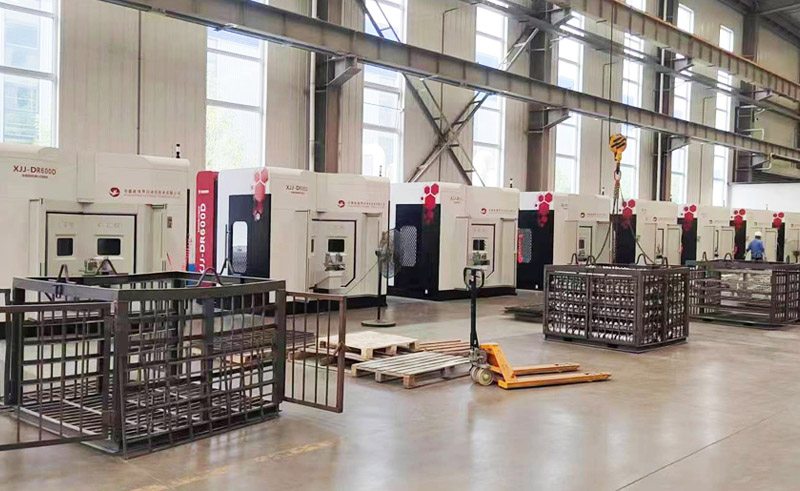
DR-600D Grinding Robot at Client's site
Make workshop clean and neat
Product advantages
|
|
|
|
|
|
|
Ultimate Rigidity & High Payload |
Intelligent Compensation & Flexible Grinding System |
High Flexibility |
Safety, Eco-Friendly & Easy Maintenance |
Dual-workbench High-Efficiency Operation |
|
Worktable and robotic arm synchronously handle payloads up to 150kg. Reinforced reducers and arm structures achieve combined rigidity exceeding 400kg, ensuring stable processing of large sprue /gate remnants. The appliedforce is greater than 165 kg The structure design is equivalent to the rigidity of KUKA 400kg load. |
Standard displacement sensors automatically identify workpiece variations and adjust grinding paths to accommodate significant casting tolerances. For easily deformable workpieces, triple closed-loop control (current, position, torque) enables compliant grinding with parametrically adjustable contact force. |
The workpiece rotation axis can rotate freely 360 degrees; Customize fixtures to coordinate and grind operations; The combination of 5-axis robotic arm and 2-axis fixture rotation enables a grinding coverage rate of over 90%,Higher coverage than other structures type. |
Double-layer steel guards with automatic electrical door locks and loading-area light curtains meet industrial safety standards. Sealed structure supports centralized dust extraction. Neat internal layout simplifies cleaning, complying with workshop 5S requirements. |
Rotary dual-workbench allows simultaneous loading/unloading and grinding. Integrated with automatic workbench -switching technology,productivity increases by >30%. Dual-spindle grinding system concurrently performs roughing and finishing operations, shortening single-process cycles. |
Technical Comparison
|
|
Neview (Tool-type Grinding Machine) |
Workpiece-type Grinding Machine |
Belt Grinding Machine |
Robotic Grinding Workstation |
|
Tool |
Move |
Unmoved |
Unmoved |
Unmoved |
|
Workpiece |
Move & unmoved |
Move |
Move |
Unmoved |
|
Grinding Coverage |
High |
Medium |
Medium |
Low |
|
Workpiece available |
Various |
Small Workpiece |
Small Workpiece |
Various |
|
Grinding effect |
Heavy grinding |
Surface grinding |
Surface grinding |
Surface grinding |
|
Grinding accuracy |
High |
Low |
Low |
Low |
|
Environment |
Fully enclosed |
Enclosed |
Enclosed |
Open environment |
|
Safety |
High, The hollow interior design enhances the overall aesthetics of the device. |
High |
High |
Low |
|
Work efficiency |
High,Double or triple workbench, working with loading and unloading at the same time |
Low |
Low |
Low |
Client Pain Points
|
Client Pain Points |
Neview |
Common equipment |
|
Replace labor |
ü |
ü |
|
Improve environment |
ü |
ü |
|
Good grinding effect |
ü |
û |
|
Full work-piece coverage |
ü |
û |
|
Various work-piece |
ü |
û |
|
Easy programming and operation |
ü |
û |
|
Easy maintenance |
ü |
û |
|
Long service life |
ü |
û |
|
High-quality after-sales warranty |
ü |
û |
|
Support future equipment expansion compatibility |
ü |
û |
|
Wide range project application |
ü |
û |
|
Cheap price |
û |
ü |
Project achievement
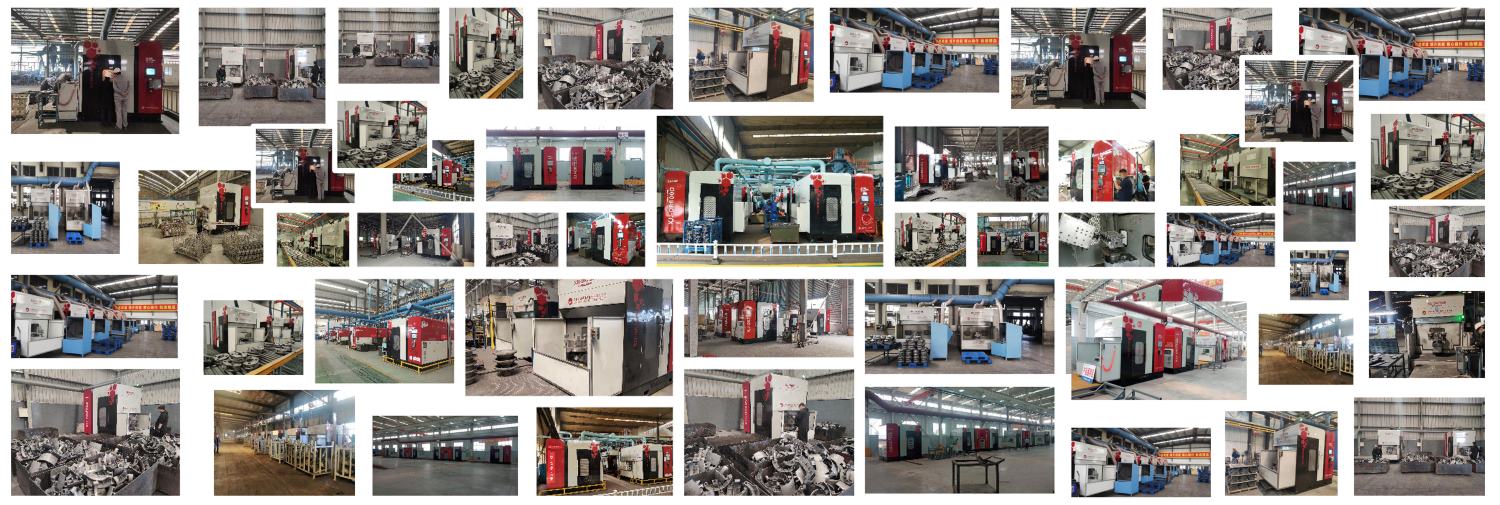
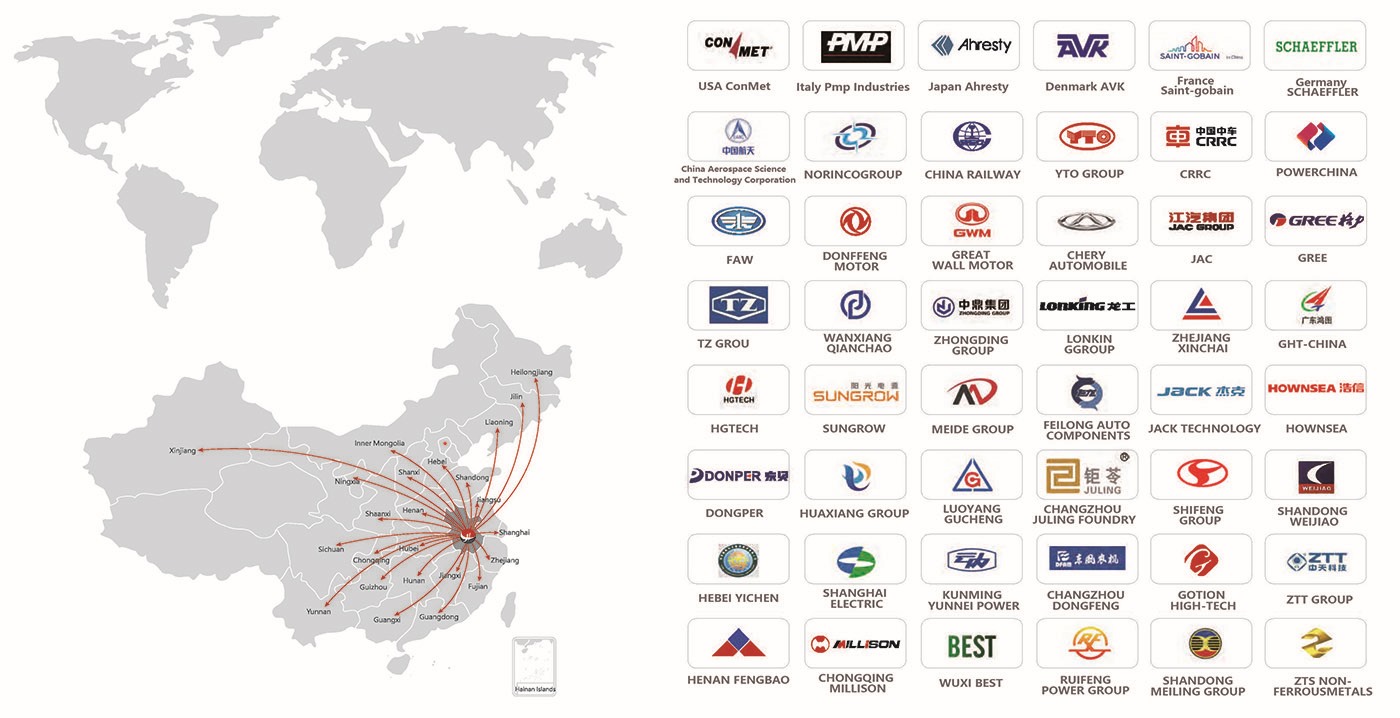
Fixture selection
 |
|||
| Simple fixtures | Self-clamping fixtures | Pressing fixtures | Automatic avoidance fixture |
Grinding tool
 |
|||||
| Grinding wheel | Grinding bit | Thin blade | Flap wheel | Rotary file | |
 |
|||||
| Disc cutter | Milling cutter | Flap wheel | Abrasive band | Bristle brush | |
Application industry
Automobile, aviation, high-speed rail, 5G, new energy, military industry, power, engineering machinery, household appliances
About Neview

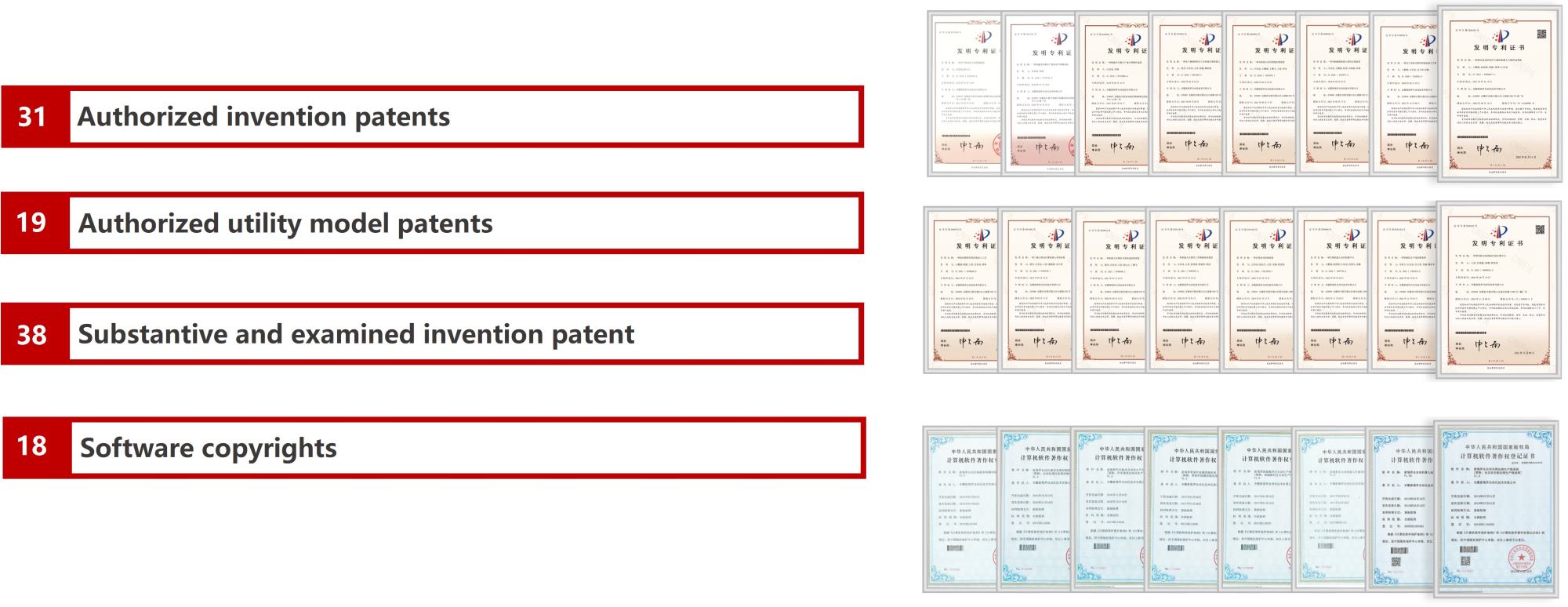
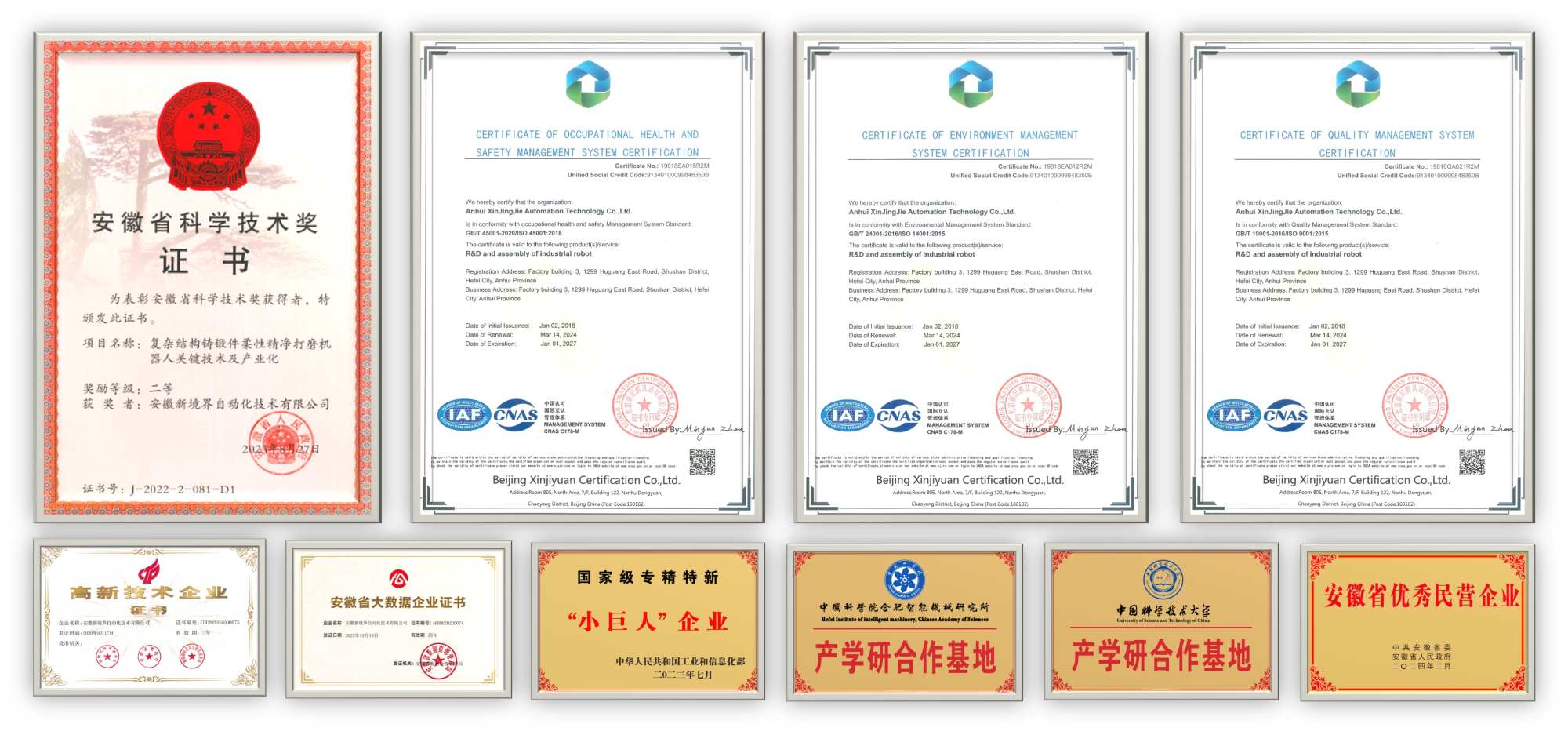
| Anhui Provincial Science and Technology Progress Award | |
| ISO 9001 Quality Management System Certificate | |
| ISO 45001 Safety Management System Certificate | |
| ISO 14001Environment Management System Certificate | |
| High tech Enterprise | |
| "Little Giant" Enterprise | |
| Digital Enterprise | |
| Industry university research cooperation base |